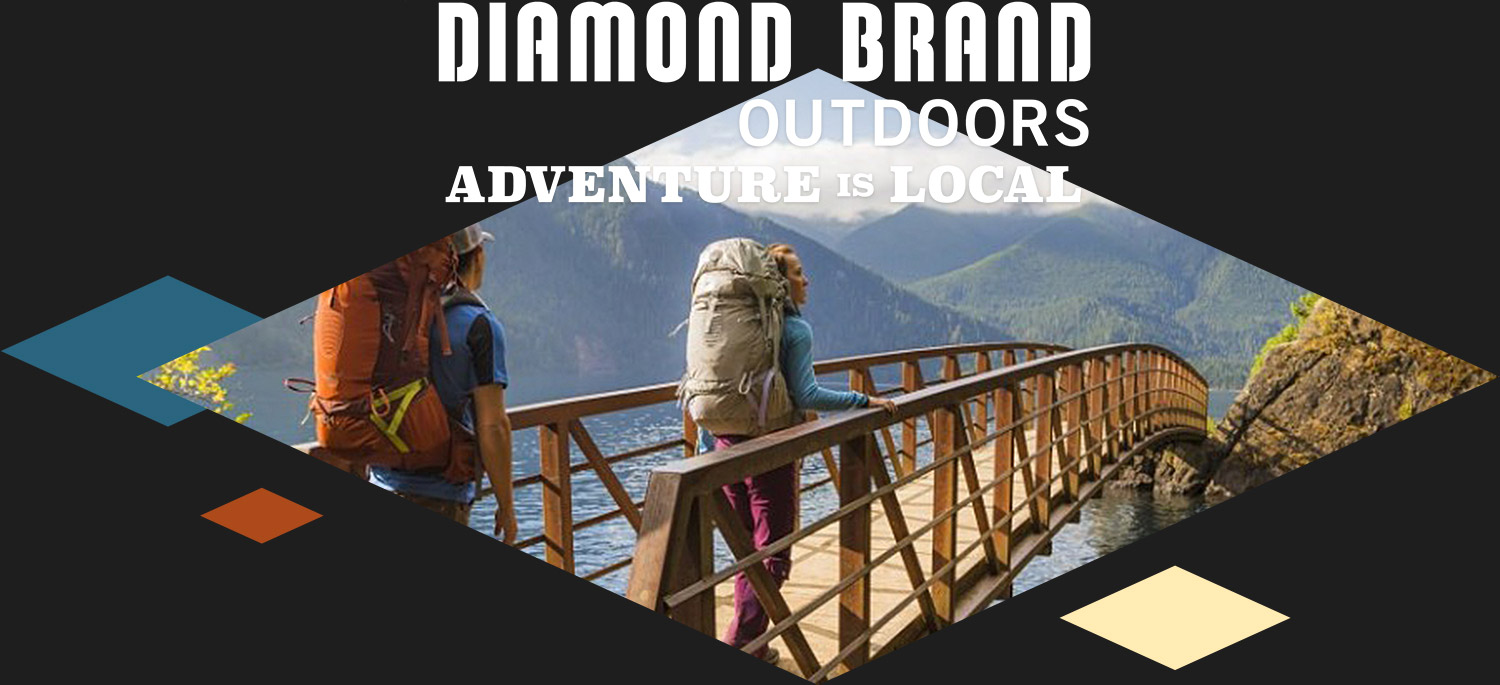As a locally owned business that’s committed to getting people outdoors, we think it’s important to support brands that are doing good for the environment and our society as a whole. Canopy Verde is changing the world of accessories, one high quality vegan handbag at a time.
Why We Love Them
We love how founder, Linda, describes the genesis of her brand:
I don’t like owning a lot of “stuff.” What I do own I want to be well designed, timeless, and practical in the best sense of the word. So I created Canopy Verde, a handbag collection that takes a thoughtful approach toward the design, sourcing, and production process.
The inspiration behind Canopy Verde comes from many sources – growing up in a frugal Chinese household where nothing was wasted, a love of mid-century Danish design, and the practical bag needs of a multi-tasking mom. When it comes to sourcing and manufacturing, we take a thoughtful approach about how to generate less waste, what materials leave the smallest footprint, and how to balance everything so the end product is beautiful and affordable.
Our Top Product Picks

Delancey Vegan Wallet – $59.00
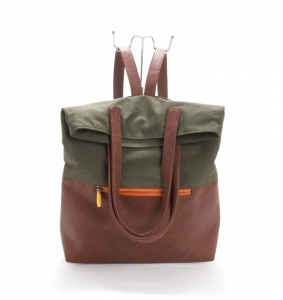
Greenpoint Vegan Handbag – $169.00
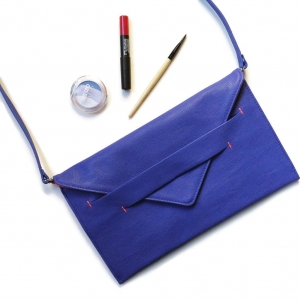
Lafayette Vegan Leather Handbag – $98.00


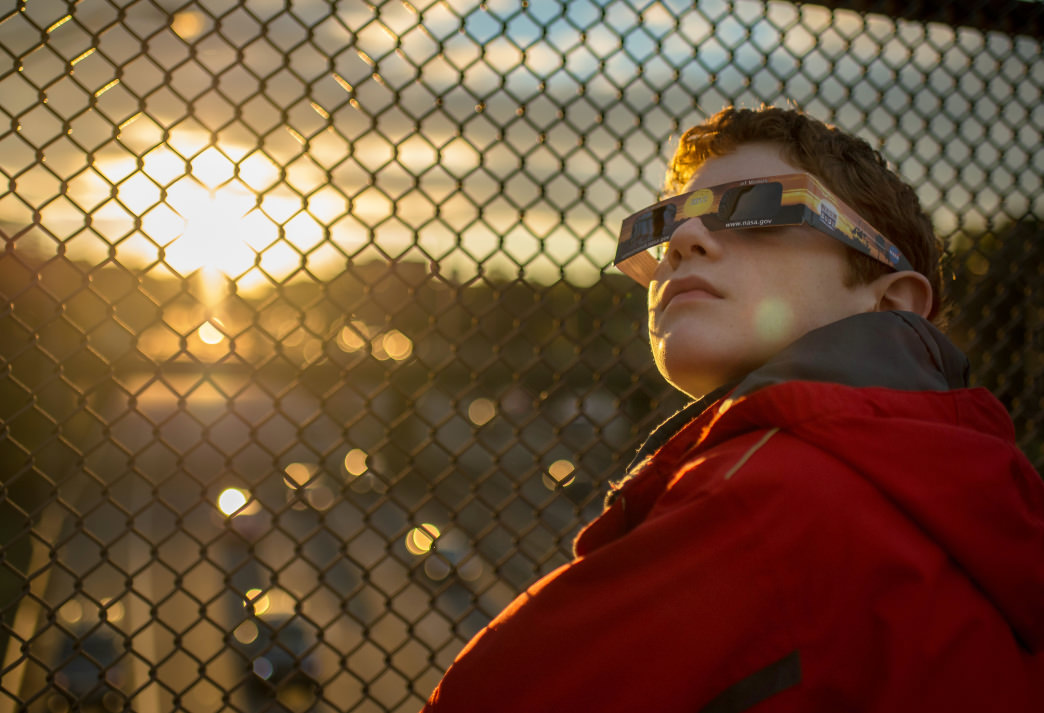

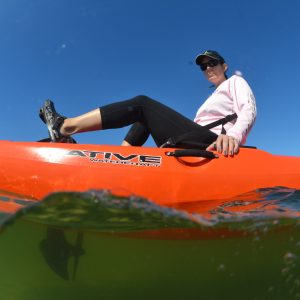
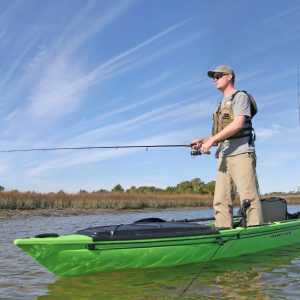
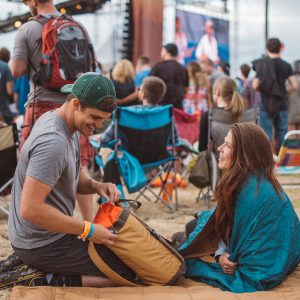 Drop off your gently used gear at
Drop off your gently used gear at 



